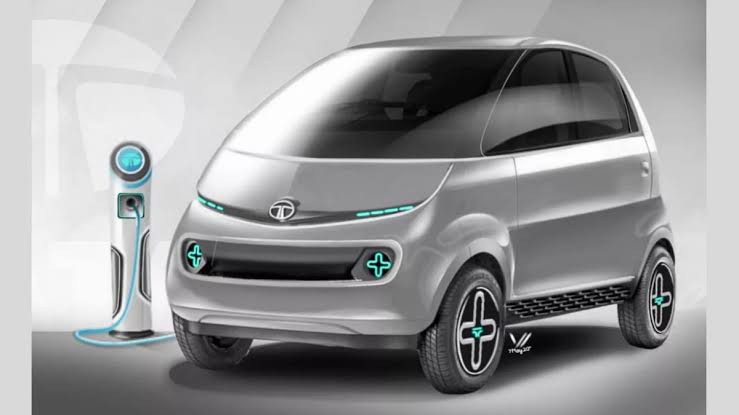if you want to purchase follow link below to apply
www.tatamotors.com
🔧 Advanced Features Table
| Feature Category | Details |
| Range & Battery | 200–250 km real‑world range |
| Price Expectation | ₹4.5 lakh ex‑showroom; ₹6–9 lakh possible |
| Performance | Automatic transmission; smooth EV motor, nimble city acceleration |
| Safety & Build | Dual airbags, ABS+EBD, rear sensors, ISOFIX mounts, targeted 3–4★ Bharat NCAP |
| Infotainment & Comfort | 7″ touchscreen, Android Auto/CarPlay, digital cluster, manual AC, power windows |
| Charging | Standard home/AC charging; no confirmed fast-charge; regenerative braking expected |
| Dimensions & Handling | Compact hatchback, 180 mm ground clearance, ~4.6 m turning radius |
| Boot & Seating | Seats 4, compact 100 L boot, tight rear legroom for tall adults |
| Customization | Option of multiple trims (City, Comfort, Premium) & color variants |
1. Introduction: Budget EV Revolution
Imagine owning an EV for the price of a tempo – that’s the dream Tata is bringing back with the all-new Nano EV. Once the world’s cheapest car, the Nano’s electric reboot promises big savings and big smiles for city drivers. With rumors of a ₹4.5 lakh base price and a healthy 200–250 km range, this is shaping up to be the most affordable EV India has ever seen .
2. Eye‑Catching Specs & Performance
The rumored specs speak volumes: a ~24 kWh battery capable of up to 250 km in ideal conditions (but more realistically 200 km) and a smooth automatic motor perfect for urban traffic. Tata has tweaked the old Nano’s structure to house the battery, offering a compact design and easy handling. A super‑tight 4.6 m turning radius makes U‑turns a breeze, while 180 mm ground clearance handles potholes like a champ .
3. Comfort & Features That Don’t Feel Cheap
Step inside and it’s clear Tata has upgraded the experience. A 7″ touchscreen with Android Auto/CarPlay, a digital instrument cluster showing range and battery status, AC, power windows… it all sounds basic, but in a car under ₹6 lakh, it feels deluxe. Rear seat comfort is snug but acceptable for short trips. You’ll also have essential safety features like dual airbags, ABS, EBD, rear sensors, ISOFIX child-seat mounts, and we’re hoping for a 3–4 star Bharat NCAP rating .
4. Charging, Running Costs & Eco‑Benefits
Charging costs are a steal—about ₹0.5/km at ₹3/kWh. Say goodbye to spending ₹2/km on petrol (₹100/litre)! In a year with 30 km daily use, you might save ₹15,000. Sure, range can dip to 150 km in heavy traffic or AC heating, but within the city, it’s more than enough. Tata’s sustainability push—think recyclable materials—adds a eco‑friendly twist .
5. How It Stacks Up Against Rivals
Comparisons are fair:
- MG Comet EV – ₹6.99 lakh, 230 km range, 2‑seater.
- Tata Tiago EV – starts ₹7.99 lakh, 315 km range (24 kWh battery), bigger and quicker but pricier .
The Nano EV’s compact size, low entry price, and 4‑seat capacity make it perfect for city dwellers or first‑time buyers who want eco‑cred with minimal cost.
6. Downsides & Buyer Tips
No fast‑charging in base trims, basic plastic-heavy interior, limited boot space, and the old Nano’s safety aura might still linger. Charging infrastructure in small towns isn’t great either. Plus, official launch and booking details are still in the rumor stage—no confirmed dates yet. When you can, pick higher trims with more safety features and check for festive/subsidy deals, which could bring price to ~₹5 lakh on‑road.
7. Final Take: Should You Consider It?
If you drive mostly in the city and want low running costs, green credentials, and a brand with trust, the Nano EV looks very promising. It’s not the most premium, not the fastest, but it’s genuinely affordable. For middle‑class families or eco‑first buyers, it could be a game‑changer—bring back the Nano spirit with a modern twist.







